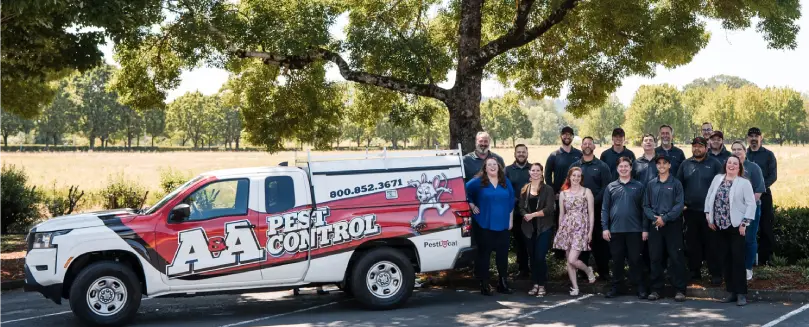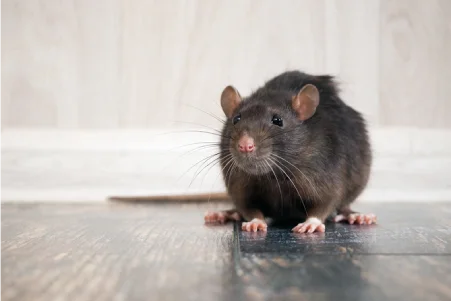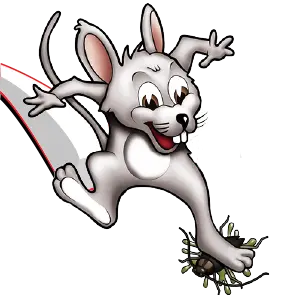Pumpkins, Leaves & Pest-Free Eves
 Fall should be about cozy nights and crisp leaves—not ants, spiders, or rodents. Sign up for year-round protection today and use promo code FALL25 to receive 25% off your first service when you choose a recurring plan.
Fall should be about cozy nights and crisp leaves—not ants, spiders, or rodents. Sign up for year-round protection today and use promo code FALL25 to receive 25% off your first service when you choose a recurring plan. A&A Pest Control
Pest control with a personal touch!
Call Today! Oregon: 503-567-1188 | Washington: 360-209-1793
Local, Reliable Pest Control in Portland, OR and Beyond.
Pests do not belong in your home or business. Whether you are dealing with an unexpected infestation or need ongoing pest management, A&A Pest Control provides trusted, professional extermination services across Portland, OR, Vancouver, WA, and Astoria, OR. As a locally owned and operated company, we bring years of experience and proven solutions to protect your space.

No matter the challenge, you can rely on A&A technicians to resolve your pest problem and keep it from coming back! Your safety and peace of mind always come first, our mission is to protect people, homes, and businesses with effective, responsible pest control solutions—so you can live, work, and relax without worry.
Request Service
"*" indicates required fields
We Can Help Solve Any Pest Problem!

Rodent Control

Ant Control

Cockroach Control

Bed Bug Control
Family Run Business Since 1984

Squashing Pests
A&A Pest Control, Inc. has been offering pest management in Portland, OR, and the beautiful Northwest for more than a quarter of a century. Look to our pest experts to assist you in finding a solution to all your pest problems.
We are looking for amazing people to join our team!
If you are interested or know someone who may be, click here!

